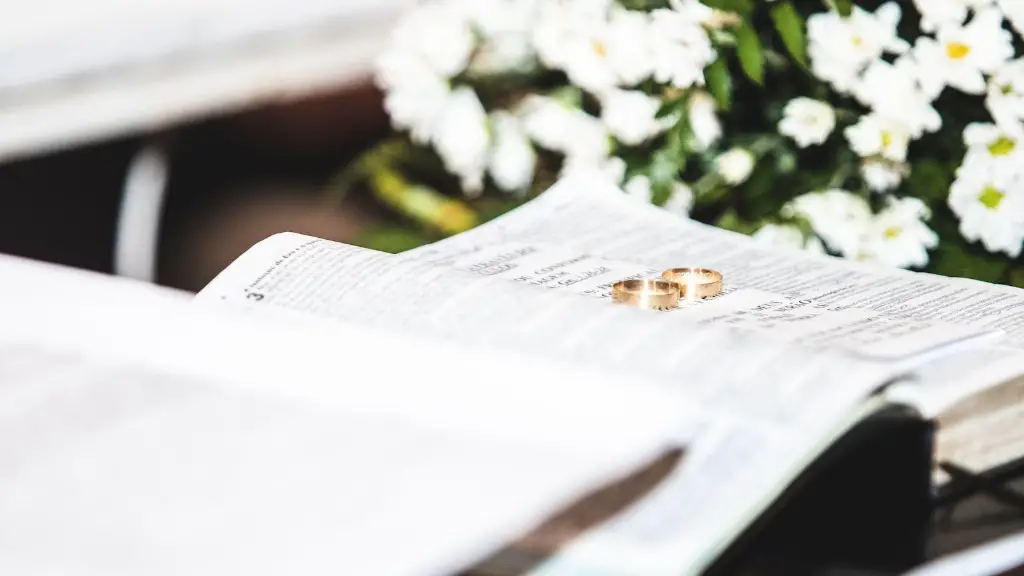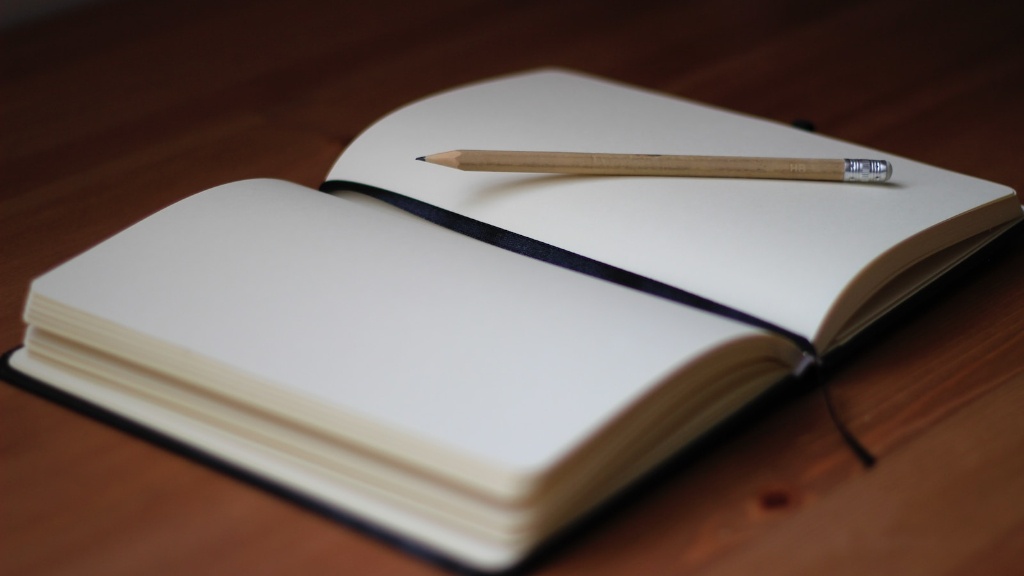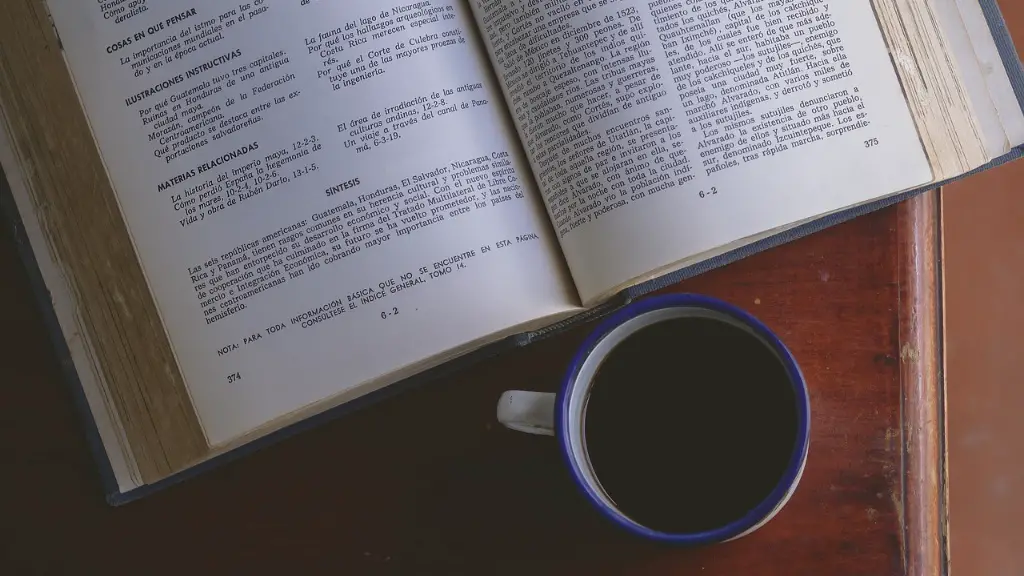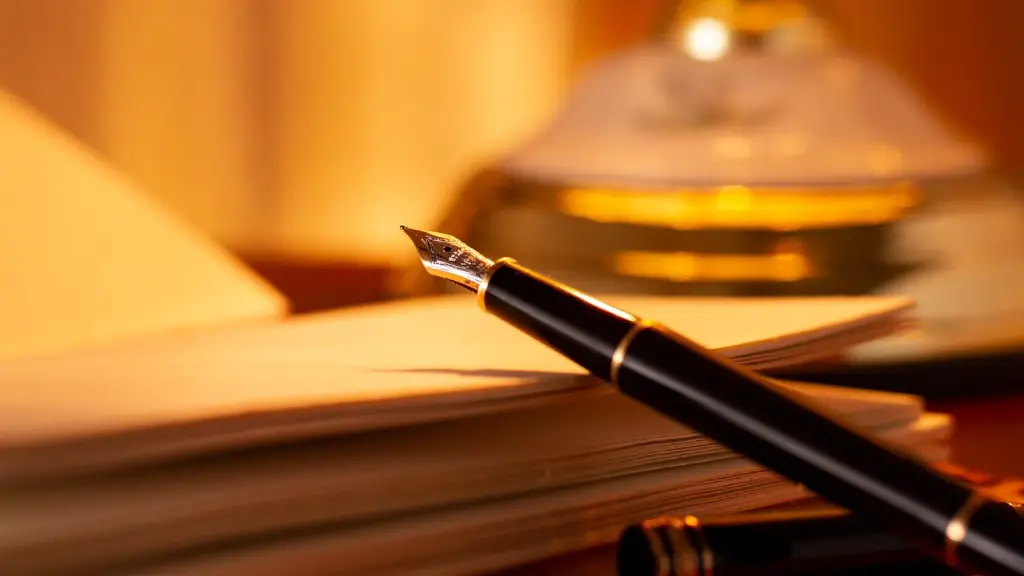What is an Ellipsis?
An ellipsis is simply the three dots (…) which can be used to indicate an omission or an interruption in a sentence. In literature, the ellipsis can also be used to quote speech and poetry. It can be used to create suspense or to draw attention to a particular phrase or line.
How to Use Ellipses When Quoting Poetry
When quoting poetry, the use of ellipses can serve two main purposes. The first is to indicate an omission and the other is to indicate interruptions in the quoted text. Both are necessary to ensure that the quality of the work remains intact and that the quoted text is presented accurately.
For omissions, ellipses should be used to indicate that words or phrases have been removed from the quoted text. For example, when quoting a line of poetry with an ellipsis, the reader knows that some of the words have been left out of the quote. This also provides the opportunity for the reader to go back to the original source and read the entire passage in its entirety.
For interruptions, ellipses should be used when a phrase or line has been broken up in order to provide the reader with contextual pauses or to create emphasis or intonation. This can be seen in passages such as “He said…nervously” where the ellipsis indicates a break in the dialogue.
Poetic Devices Used in Ellipses
When using ellipses in quotes, it is important to understand the poetic devices used in the text in order to properly convey the tone, emotion, and meaning of the passage. For instance, if a quote contains metaphors or similes, it would be necessary to include any omitted words in the ellipsis in order to avoid misinterpretation.
Another important aspect of quoting with ellipses is to be mindful of the punctuation used in the original text. For instance, if a quote has a comma at the end of the line, it should be included in the quoted text even if words or phrases were left out. Similarly, if a quote contains a colon or semi-colon, these should also be included in the ellipsis.
How to Format Ellipses
When using ellipses to quote poetry, it is important to format them correctly. This can be done by using spaced, unspaced, or double ellipses, depending on the style of the document. The most common form of ellipsis is the spaced ellipsis, which consists of three dots with spaces in between them. The unspaced ellipsis, on the other hand, is used when the quoted text is not broken up by other punctuation, such as a comma or colon. Lastly, the double ellipsis is used when a shorter phrase or line of poetry is being quoted and provides a pause that is longer than the paused indicated by the spaced ellipsis.
Benefits of Using Ellipses
Using ellipses when quoting poetry has many benefits. First, it allows the reader to understand that certain words or phrases have been left out from the quoted text without losing the context of the passage. Additionally, ellipses can be used to create suspense or to draw attention to a particular phrase or line. Lastly, by formatting the ellipsis correctly and paying attention to the poetic devices used in the text, the quote can be accurately conveyed to the reader.
Understanding Grammar and Usage Context
When using ellipses when quoting poetry, it is important to take into account the grammar and usage context. By understanding the types of ellipses, their proper formatting, and the poetic devices used in the text, readers can ensure that the quoted text is accurately conveyed and that the meaning is preserved.
Thinking Strategically and Complexly
In addition to understanding the grammar and usage context, another important aspect of using ellipses when quoting poetry is thinking strategically and complexly. While quoting may seem like a straightforward task, tactics such as using ellipses to create suspense or emphasize a certain phrase require critical thinking. Therefore, it is important to be mindful of how to strategically use ellipsis as well as how to format them correctly.
Telling a Story Through Quoting
The use of ellipses when quoting poetry can serve an important purpose in the storytelling process. By omitting certain words or phrases, a reader can look back to the original source and “fill in the gaps” in order to gain a better understanding of the text. Furthermore, by strategically choosing which words or phrases to omit, a reader can develop their own interpretation of the text.
Creating Context and Meaning Through Omissions
When using ellipses when quoting poetry, omissions can be used to create context and meaning. This is particularly useful when a reader wants to emphasize a particular sentiment expressed by the poem or when a reader wants to make a point about the text. By omitting certain words or phrases and using the ellipsis to indicate that something has been left out, a reader can provide the audience with a deeper understanding of the poem’s meaning.
Writing With Visual Aesthetic Notes
Another way to use ellipses when quoting poetry is to make visual notes. This can be done by combining symbols, numbers, and punctuation marks such as asterisks, brackets, and parentheses to create “visual cues” in the text. This allows a reader to quickly and easily locate important words or phrases without having to re-read the entire passage.
Taking a Creative Approach to Quoting
The use of ellipses when quoting poetry can also be taken in a creative direction. For instance, by combining different punctuation marks and symbols with the ellipsis, a reader can create visual art or convey a certain emotion or mood with the text. Furthermore, by combining the ellipsis with creative writing techniques such as personification and metaphor, a reader can create an even more powerful effect in order to further emphasize the poem’s message.
Quoting as an Art Form
Ultimately, the use of ellipses when quoting poetry can be seen as an art form. By being mindful of the type of ellipses to use and by understanding the grammar and usage context, a reader can create meaningful and accurate quotes. Furthermore, by understanding the different poetic devices used in the text, a reader can create a quote that effectively conveys the tone, emotion, and message of the poem.



